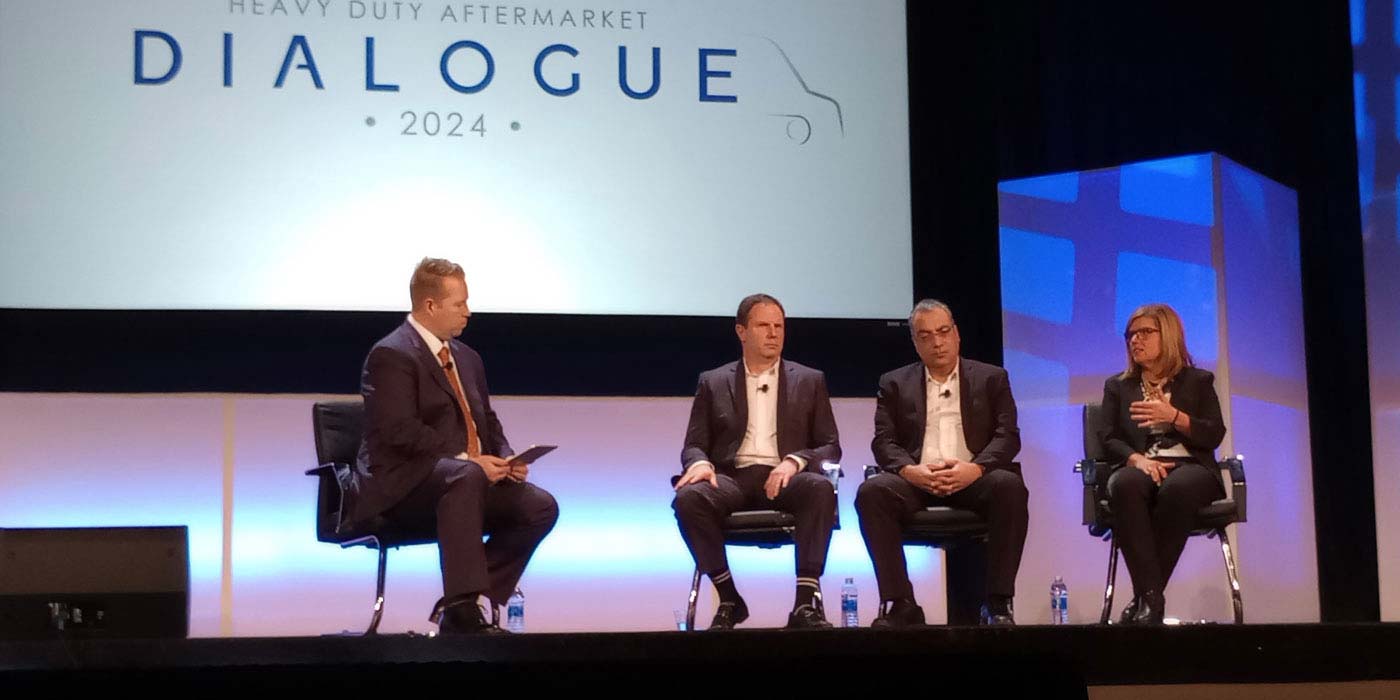By Mark Fulthorpe, executive director, Global light vehicle production, and Phil Amsrud, principal senior analyst
Global light vehicle production is estimated to have been up by 15% in the first quarter of 2021 and as we reach the end of the second quarter, we expect growth of 50% against a weak comparison in 2020. As the automotive industry recovers from the pandemic it continues to be challenged by a series of supply chain constraints.
As original equipment manufacturers (OEMs) and suppliers continue to evaluate the resiliency of their supply chains and inventories as well as adapting their schedules to reflect these, IHS Markit analysts have been keeping abreast of developments.
In the first quarter we started to see major disruption as it became clear that supply chains were out of sync and semiconductors were not available to support higher levels of vehicle demand. The semiconductor supplies had been moving to other industry sectors, consumer electronics, over time and vehicle demand had come back strongly after the initial disruption of COVID-19 in the first and second quarters of 2020. This strong demand was also creating an imbalance as the semiconductor supply chain was not geared up to support the level of automotive demand that was emerging. This led to an estimated 1.4 million light vehicles not being built globally in the first quarter.
Moving into the second quarter the levels of disruption continued to weigh down on automotive supply chains including semiconductors. The situation from the first quarter already presented a challenge and then we saw the effects of the storms that hit Texas, spurring concerns over the ripple effect. Shortly afterward, the Fukushima earthquake in Japan, along with the fire at Renesas Naka 3 facility further dealt a blow to the supply chains. All these additional shocks happened in the first quarter, but the greatest impact was felt in the second.
In third quarter we expect continued disruption but not to the scale seen in the first or second quarter. We expect an improvement over the first or second quarter because the situation is becoming better understood and great efforts are being made to enhance visibility within a very complex supply chain. We see evidence of this in some of the more relaxed announcements coming from General Motors (GM) starting back operations earlier than initially planned and Toyota’s ongoing commitment to its planning. In Toyota’s case we know that they have been monitoring supply chains for over 10 years since the Fukushima earthquake/tsunami in 2011, while GM has been focused on improving its understanding of the situation since January and we may now be seeing some results. However, there are still mixed signals and it is too early to sound the “all-clear.”
Other OEMs are implanting similar efforts and while this can only provide limited support, we take this alongside restoration of semiconductor capacity at Renesas in Japan, plus NXP and Infineon in Texas to ease levels of disruption over what we have seen so far this year. Note again that we are only expecting capacity to be restored to prior levels and do not expect a build-back effect to take place.
For the final quarter we are expecting the supply of semiconductors to align to a “reasonable” level of automotive demand. We stress reasonable as automakers and tier-1 suppliers will not achieve a reasonable level if they communicate exaggerated or overly ambitious levels of demand for semiconductors. Without any major capacity gains, one of the best ways to reduce the kind of disruption we see now would be to align available capacity to realistic planning volumes.
We are not expecting a significant constraint to emerge from the consumer electronics sector in the fourth quarter of 2021. This is partly due to our understanding of the timelines within the supply chain and partly also because some of the drivers in 2020 are unlikely to be repeated quickly — the sharp shift to remote working and the need to be connected, the spikes in demand as the world recovered from the shock of the first wave of the pandemic, and the launch of major gaming consoles from Sony and Microsoft, including the launch of a new iPhone. Based on this, real recovery efforts would only start in early 2022.
Semiconductors update
The fabs that were impacted by the storm in Texas and the fire in Japan are back to their pre-crisis output levels. The recent fire in the 300 mm cleanroom at Renesas’ Naka fabrication in Japan impacted a small area of the fabrication but it damaged water supply, air conditioning, and manufacturing equipment. As of June 25, Naka 3 is back to 100% of its pre-fire output level. Likewise, NXP announced in April that its Austin fabs are back to 100% pre-storm levels.
While the drought in Taiwan continues the rainfall in June was about the historic average the month. This is not a sign that the drought is past, but certainly a positive sign and has ease some of the water restrictions for the area that would have affected fabs. Hopefully this rainfall trend will continue as the next several months are historically some of the wettest.
The other unknown issue is there have been some new COVID-19 outbreaks that have limited workforces at front-end and back-end facilities If these are sporadic the impact should be minimal and short term. However, the rise of new strains especially in regions with limited vaccines continues to threaten the availability of semiconductors due to workforce reductions.
The automotive suppliers of semiconductor-content impacted by shortages are expected to improve in the third quarter with fourth quarter now looking like the first opportunity for supply to keep up with demand. However, IHS Markit estimates it will be first quarter of 2022 before there will be enough capacity to keep up with demand and to begin filling missed backlog.
In response to the disruptions of 2021 the semiconductor suppliers are extending the fixed order window from 12 weeks previously to a year or more now. Some minor adjustments are allowed but orders are becoming noncancelable/nonreturnable, which means even if the demand decreases the customer is responsible for the value of the entire order. These conditions are being applied to all semiconductors not just MCUs. The level of confidence in the actual demand for semiconductors is one of the reasons for these conditions, if the demand is real some see tight demand continuing through 2022 until new front-end and back-end capacity is in place. If the demand is exaggerated conditions could relax sooner once the demand returns to more normal levels and the systems are transparent enough for all to rationalize the demand.












